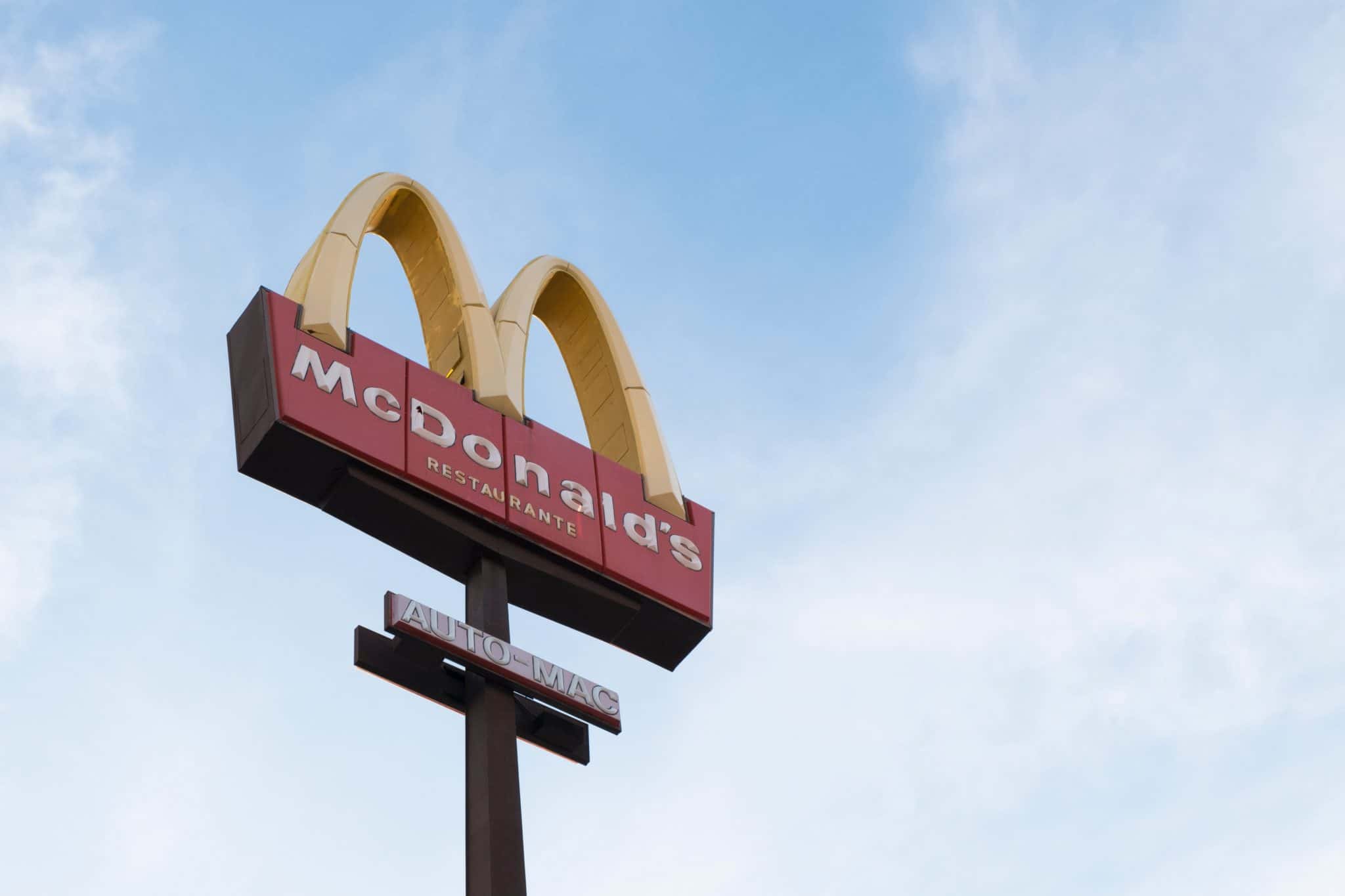
Kevin Vazquez is a staff attorney at the International Brotherhood of Teamsters. He graduated from Harvard Law School in 2023. The opinions he expresses on this blog are his own and should not be attributed to the IBT.
On Saturday, nearly 3,000 Volvo workers went on strike in Dublin, Virginia, one of the largest of 2021 so far. The Volvo plant in Dublin is one of the largest Volvo facilities in the world, with more than 3,300 workers, 2,900 of whom belong to UAW. The strike is in response to three months of failed negotiations with Volvo representatives, and the striking workers, who belong to UAW Local 2069, are, according to the union, protesting a host of issues, including wages, job security, health and safety, work schedules, and benefits. In response, Volvo released a statement, saying that it is “surprised and disappointed” that the union decided to strike, that “progress was being made” in the negotiations before the strike, and that it is “committed to the collective bargaining process.” The union, for its part, has also said that it “remains committed to exploring all options” to reach the “goal of a contract that works for both the company and its employees.”
In Tunkhannock, Pennsylvania, healthcare workers at Tyler Memorial Hospital announced that they are planning an unfair labor practice strike on April 21. The workers, who are SEIU members, have said that the hospital management has “left [them] no choice” but to go on strike by “ignoring [their] staffing and patient care concerns and refusing to bargain in good faith” – and they point out that the hospital is owned by a corporation, Commonwealth Health Systems, that made $1.6 billion and received $700 million in relief from taxpayers during the course of the pandemic. The workers accuse the company of giving executives “millions in raises and bonuses” while management “bargained in bad faith,” and they are seeking a “strong union contract that centers on improving working conditions and patient care.” Sen. Bernie Sanders offered his support for the hospital workers on Friday.
In Sacramento, SEIU 1021, which represents 1,900 workers in the Sacramento City Unified School District, including bus drivers, custodians, and food workers, announced that its members will also be going on strike next week – on April 22 – and the Sacramento City Teachers Association promised to join in support with a sympathy strike and pledged not to cross the picket line. The strike arises out of failed negotiations involving a safe return to in-person instruction, and union and district officials failed to agree on issues of childcare and physical distancing guidelines, among others. More than 90% of the union’s members voted to reject the district’s latest proposal and decided instead to go on strike. The union and district have been assigned a state mediator, but no bargaining or strike deadline have been set.
On Friday, a New York Times article noted the phenomenon that, although unemployment remains high, businesses are struggling to hire workers, which echoes a Business Insider piece published earlier that day, which claims that a “labor shortage” is “forcing” chains like McDonald’s, Taco Bell, Subway, and Dunkin’ to cut hours and close dining rooms. According to a National Federation of Independent Business survey conducted in March, cited in the article, 42% of small business owners claimed to have job openings they cannot fill – even though, as the New York Times piece noted, the current unemployment rate is 6 percent, meaning that nearly 10 million Americans are actively looking for work.
There are a number of theories endeavoring to explain this contradiction. Some – such as many business leaders or small business owners – are blaming government benefits, like the expanded unemployment insurance and stimulus payments, for being “too generous” and disincentivizing work. While this is an appealing and somewhat intuitive theory, it stands in contrast to most research on the subject, which says that the unemployment benefits have had little impact on workers’ willingness to work. Others, in response, point out that traditional economic thinking suggests that companies – especially those that made billions in profit in 2020 – should recruit more workers by raising wages, which most have not done, and that the supposed “labor shortage” may in reality simply reflect employers’ stubborn refusal to raise wages above subsidence levels rather than the laziness of workers, many of whom do not feel particularly inclined to work for less than $9 an hour while a deadly virus continues to ravage society. In any event, this debate remains live, and there are differing opinions on the subject.
Finally, two interesting and detailed articles concerning the failed Amazon union effort in Bessemer were published this weekend. The first, published on Labor Notes on Saturday, is an interview with Joshua Brewer, the RWDSU campaign’s “lead organizer.” The second, which appeared in the New York Times on Friday, is an exploration of why many Amazon workers voted “no” to the union. A recurring theme is the success of Amazon’s pervasive anti-union propaganda, workers’ fears of reprisals from Amazon, their lack of alternative employment options, the relative superiority of Amazon’s wages and benefits in comparison with prevailing local conditions, the rapid turnover of workers in the warehouse, and the shortcomings of RWDSU representatives and organizers. Both these pieces offer a sobering look at the unsuccessful campaign, but, when read optimistically, they also suggest that, despite this effort’s ultimate failure, there remain many opportunities and possibilities to organize Amazon and other companies in the future – and that the fight is far from over. These opportunities, however, must be skillfully seized, as both pieces demonstrate.






Daily News & Commentary
Start your day with our roundup of the latest labor developments. See all
April 26
Starbucks and Workers United resume bargaining talks; Amazon is ordered to disclose records; Alabamians support UAW’s unionization efforts.
April 25
FTC bans noncompete agreements; DOL increases overtime pay eligibility; and Labor Caucus urges JetBlue remain neutral to unionization efforts.
April 24
Workers in Montreal organize the first Amazon warehouse union in Canada and Fordham Graduate Student Workers reach a tentative agreement with the university.
April 23
Supreme Court hears cases about 10(j) injunctions and forced arbitration; workers increasingly strike before earning first union contract
April 22
DOL and EEOC beat the buzzer; Striking journalists get big NLRB news
April 21
Historic unionization at Volkswagen's Chattanooga plant; DOL cracks down on child labor; NY passes tax credit for journalists' salaries.